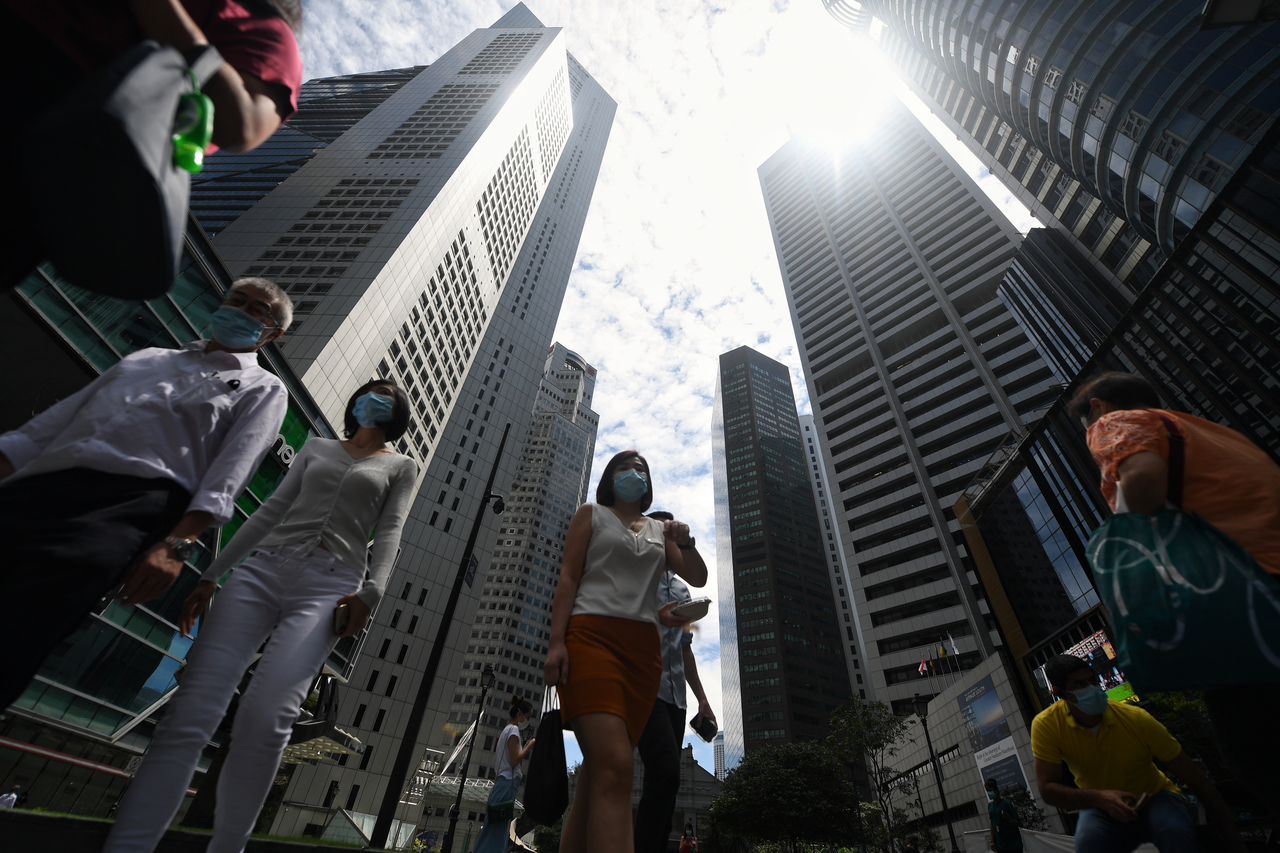SINGAPORE - It has been a hot and wet week, just as the weatherman predicted.
Tuesday (Aug 11) night was a balmy 30.5 deg C but it was a chilly, rainy morning on Thursday, with the temperature dipping to 22.5 deg C at Changi.
National water agency PUB said the heavy downpour resulted in "50mm depth of accumulated water" on Aljunied Road, below the PIE flyover at around 7am.
The Meteorological Service Singapore (MSS) said in a statement last month that warm and humid nights were expected in the first half of August, with temperatures hovering at about 28 deg C.
Though rainfall for the first fortnight of this month was forecast to be slightly below normal over most parts of Singapore, widespread thundery showers with gusty winds were expected in the early morning on two to three days, the MSS said.
Associate Professor Koh Tieh Yong, a weather scientist at Singapore University of Social Sciences, explained that heavy downpours after a few days of hot weather occur when warm air rises rapidly in a squall, causing water vapour to condense and precipitate to form large quantities of rain.
"This phenomenon is common during the south-west monsoon season which takes place every year from late May to September," said Prof Koh.

Prof Benjamin Horton, director of the Earth Observatory of Singapore, said hot weather with intense heavy rain in July and August may be influenced by longer-term trends from climate change.
"Global warming from the burning of fossil fuels has caused Singapore to heat up twice as fast as the rest of the world - at 0.25 deg C per decade. It is almost 1 deg C hotter today than in the 1950s, and 2019 was Singapore's joint hottest year on record. When you have warmer air temperature, there is significantly more moisture in the atmosphere, which increases the intensity of downpours.
"The rate of evaporation from the ocean is also increasing as the world warms, contributing to more extreme rain and snow events globally," said Prof Horton.


